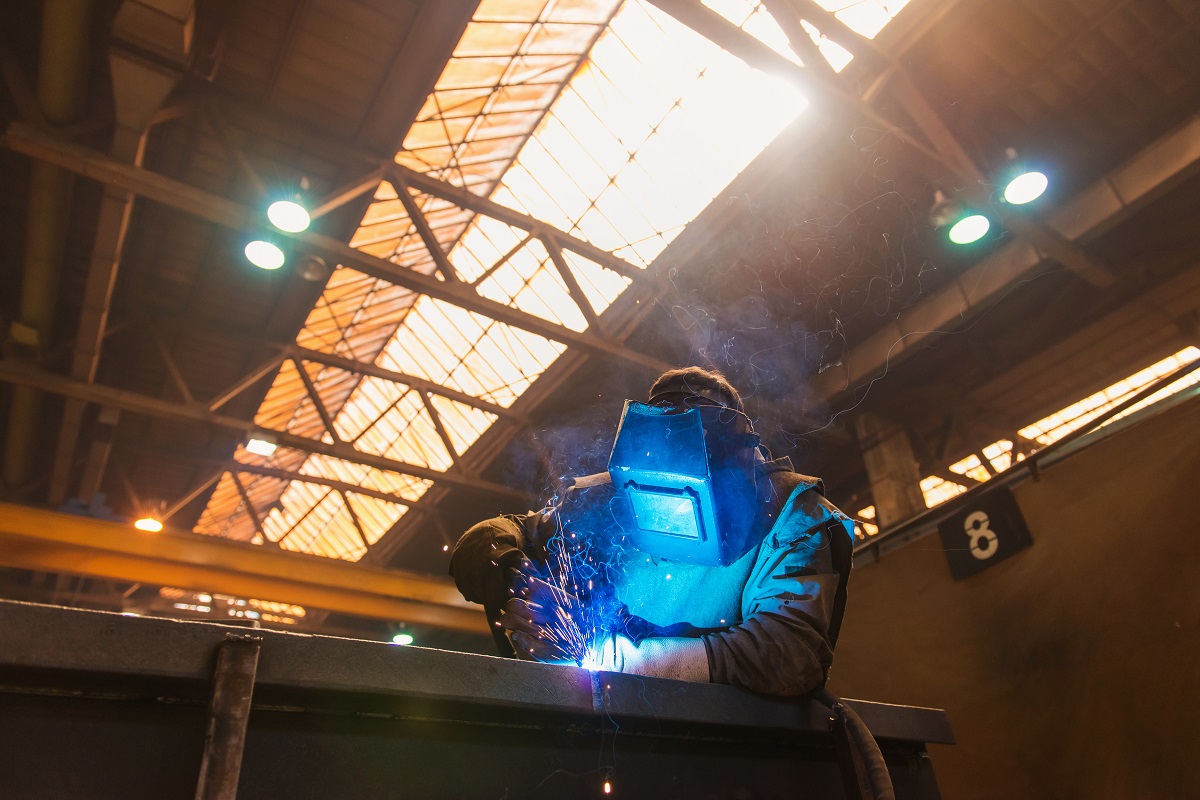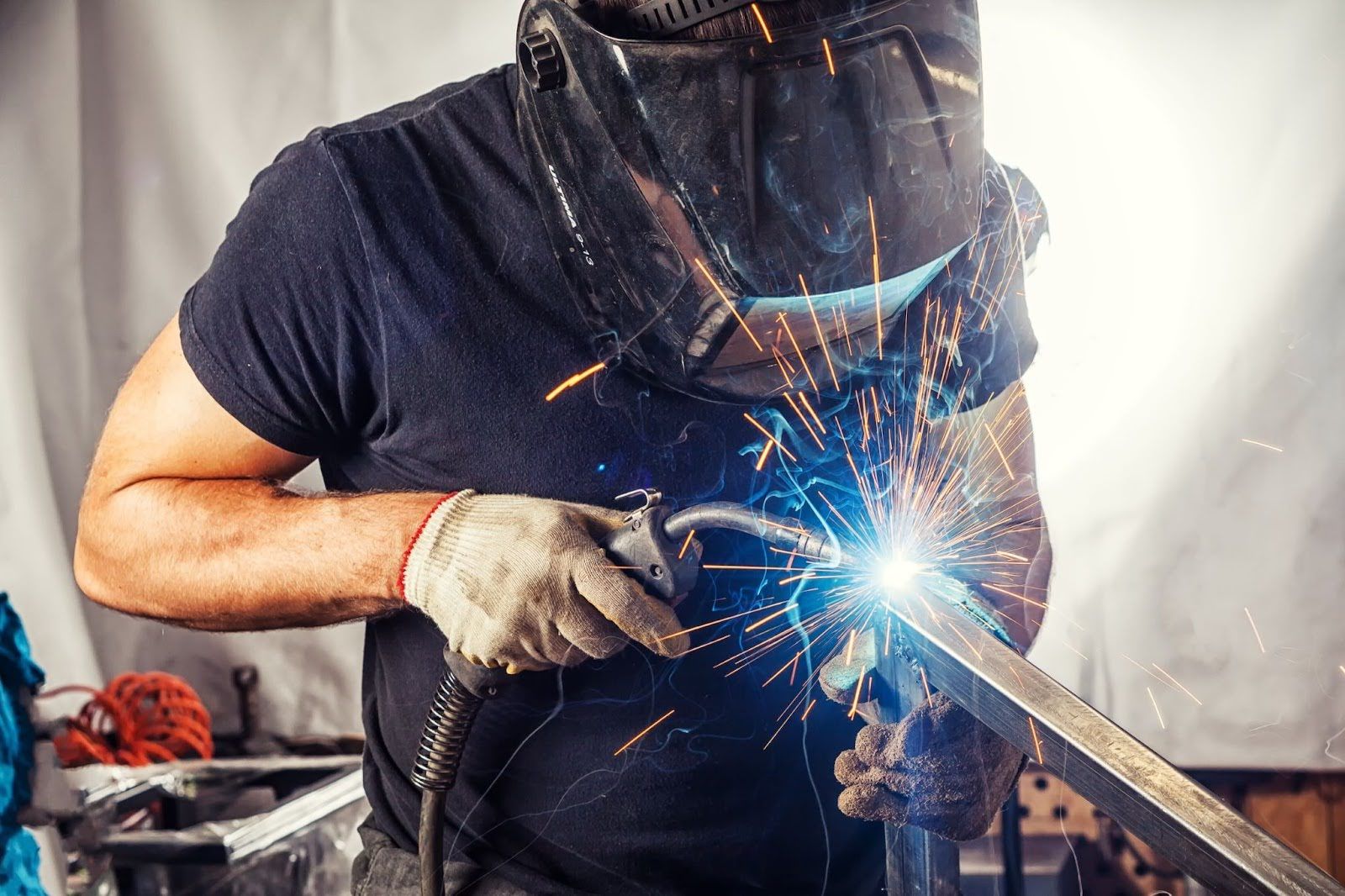Crucial Tips for Welders: Protecting Against Undercut Welding and Ensuring Stronger Weld Joints
In the world of welding, attaining resilient and solid weld joints is the keystone of producing high-grade work. One common challenge that welders often encounter is undercut welding, which can compromise the integrity of the weld joint.

Comprehending Undercut Welding
Undercut welding is a common welding defect that happens when the weld metal stops working to effectively fill up the groove and causes a groove-like depression along the weld bead. This defect compromises the weld joint, making it prone to splitting and failing under stress and anxiety. Damaging can be triggered by different variables, consisting of excessive welding current, high welding speed, incorrect electrode angle, wrong electrode size, and poor welding method.
Among the main factors for undercut welding is an imbalance between the welding current and the welding rate. If the welding current is expensive or the welding speed is as well quickly, the weld metal might not properly fill the groove, leading to undercutting. Additionally, utilizing an electrode that is also huge can lead to a similar end result, as the excess metal can not effectively stream right into the groove.
To avoid undercut welding, welders should ensure they are using the appropriate welding specifications, keep an appropriate electrode angle, pick the ideal electrode dimension, and practice appropriate welding strategies. By resolving these elements, welders can minimize the risk of damaging and produce more powerful, much more reputable weld joints.
Appropriate Welding Strategy
Reliable welding technique plays an essential function in making certain the quality and stability of weld joints. Proper welding technique involves a combination of accuracy, adherence, and ability to ideal methods. One essential aspect of proper welding technique is keeping the right angle and range between the welding gun and the workpiece. Welders have to also pay close interest to the travel rate and heat input to avoid concerns like undercutting, porosity, or insufficient fusion.
In addition, a constant and constant hand activity is crucial for creating strong and sturdy weld joints. Welders need to go for smooth, uniform motions to guarantee also distribution of the weld product. Correct manipulation of the welding weapon and filler product is additionally crucial to accomplishing optimal penetration and fusion.
Additionally, managing the heat input and choosing the appropriate welding parameters based on the product being welded are important variables in attaining high-quality welds - Preventing weld undercut. Welders should adhere to the suggested setups given by welding procedure specs and readjust them as needed based on the specific requirements of the job. By understanding appropriate welding techniques, welders can considerably boost the strength and dependability of their weld joints
Selecting the Right Electrode
When taking into consideration the significance of choosing the best electrode in welding applications,Preserving the proper angle and distance in between the welding gun and the workpiece is essential. get more The choice of electrode plays a critical function in identifying the top quality and stamina of the weld joint. Electrodes come in numerous types, each developed for details functions and materials.
First of all, selecting the appropriate electrode size is crucial. Thinner electrodes appropriate for welding thin products, while thicker electrodes are better for thicker materials and greater warmth applications. Matching the electrode size to the thickness of the work surface helps achieve a well balanced weld.
Second of all, comprehending the product composition of the electrode is vital. Various electrodes are developed for welding details products like steel, stainless click for more info steel, aluminum, or cast iron. Using the proper electrode product guarantees great combination and reduces the threat of flaws in the weld.
Lastly, taking into consideration the welding position and method is vital when selecting the electrode kind. Specific electrodes are much better fit for overhead or vertical welding settings, while others function well for flat or straight placements. Selecting the ideal electrode based upon the welding method improves the overall weld top quality and stability.
Preparing the Base Metal
To make sure a successful welding process, what first actions should be taken when preparing the base steel for welding? Furthermore, any kind of existing weld product or residue from previous welding ought to be eliminated to ensure a tidy surface area for the new weld.

Conducting Post-Weld Evaluations

After conducting these analyses, welders must contrast the outcomes against sector criteria and task requirements to ensure that the weld joint fulfills all essential requirements. Any type of deviations or inadequacies discovered throughout the post-weld examination must be without delay addressed with suitable restorative steps to assure the weld's stability. By carefully performing post-weld inspections and without delay attending to any type of issues, welders can promote the quality and dependability of their work, ultimately adding to the safety and security and durability of the welded structures.
Final Thought

Finally, avoiding undercut welding and making sure more powerful weld joints require a combination of proper welding technique, selecting the ideal electrode, preparing the base metal appropriately, and carrying out post-weld assessments. By understanding the root causes of undercut welding and implementing the necessary safety measures, welders can produce top notch weld joints that satisfy industry criteria and guarantee the structural integrity of the bonded components.
Undercut welding is a typical welding flaw that occurs when the weld metal stops working to effectively fill the groove and results in a groove-like clinical depression along the weld grain (Preventing weld undercut). Undercutting can be triggered by different factors, consisting of extreme welding existing, high welding speed, improper electrode angle, inaccurate electrode size, and bad welding technique
One of the primary reasons for undercut welding is a discrepancy in between the welding current and the welding speed. If the welding current is too high or the welding speed is too quickly, the weld metal might not properly fill up the groove, leading to undercutting.Maintaining the appropriate angle and distance in between the welding gun and the workpiece is basic when considering the relevance of choosing the right electrode in welding applications.
Comments on “Preventing Weld Undercut Demystified: Strategies for Success”